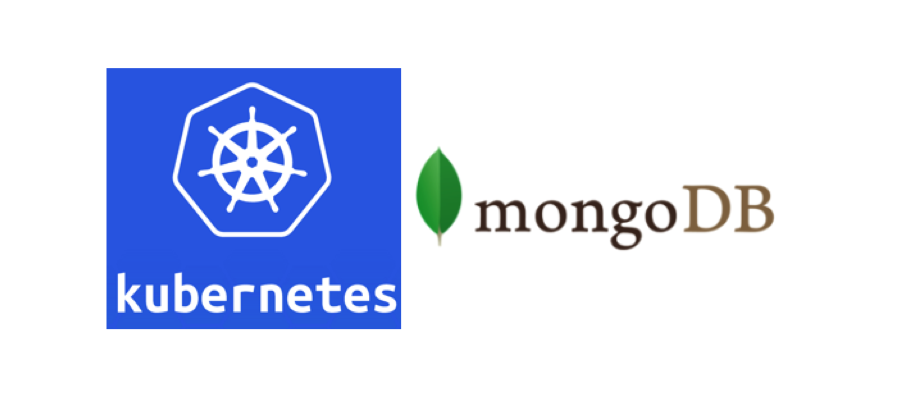Autoscaling is natively supported on Kubernetes. Since 1.7 release, Kubernetes added a feature to scale your workload based on custom metrics. Prior release only supported scaling your apps based on CPU and memory.
Kubernetes 1.7 introduced "Aggregator Layer" which allows Kubernetes to be extended with additional APIs, beyond …

